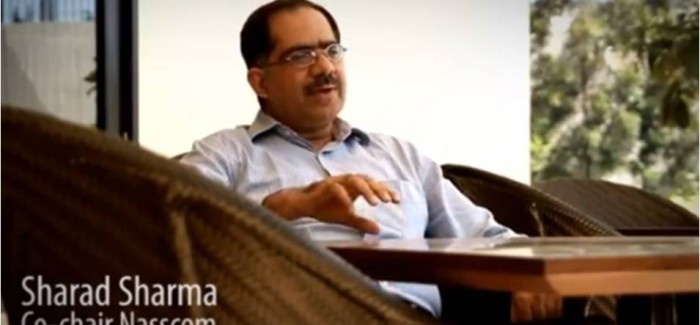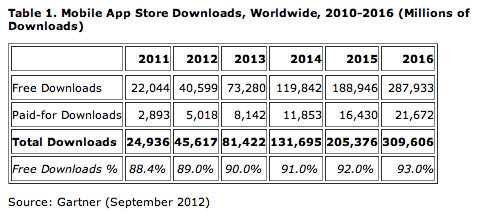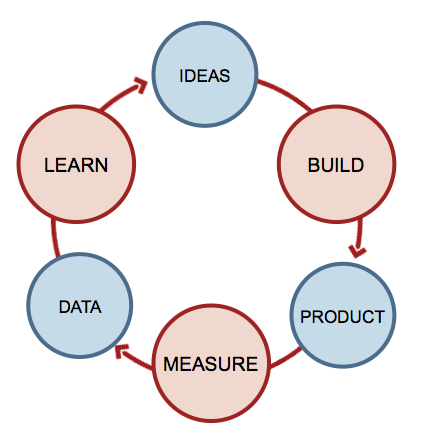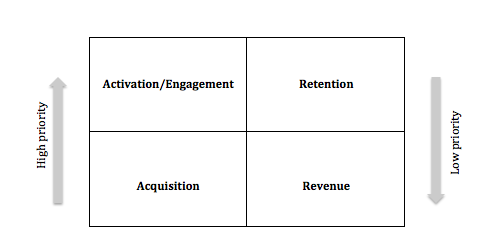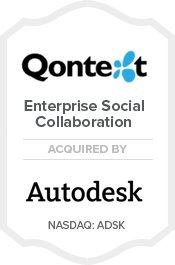As NASSCOM Product Conclave 2012 drew to a close, Sharad Sharma reiterated that product technology will eliminate poverty in India. The social consciousness and import of this statement, usually reemphasized as electoral slogans of gharibi hatao by politicians, points to envisioning a future in which the role of product technology encompasses not only growth of global companies, impacting the world (changing the world!), in India but also its increasingly central role in the nation’s development. M. Rangasami is the visible face of NPC, curating sessions with childlike enthusiasm. He wants to pay back his home country, from which he grew up for the first 20 years of life, something substantial and impactful. And he sees product technology as one means, as it is likely to explode in the coming years. The Valley has about 30% plus of Indian cofounders in startups and innumerable successful product executives and entrepreneurs. If they are inspired by MR to pay back to the nation, imagine its impact. In a way, NASSCOM Product Conclave brings some of them into the sessions to inspire the product entrepreneurs in India.
India—what is happening really?
As predictions are glorious of the future, what is happening on ground in India? What prompts envisioning a game-changing future for product tech? Maybe success of companies like InMobi. Naveen Tiwari, InMobi founder, was generous with his time to explain how InMobi succeeded and was seen in the hallways talking to people wanting to strike a conversation. In the breakfast session, he explained the InMobi way of global growth and scale. InMobi did not go after developed markets like US and Europe to start with. They identified huge white spaces in markets like Southeast Asia and Africa where customer needs were identified by online sales first. Then one of the founders would typically fly to that country to understand the market. This is not an easy task and over time, InMobi would hire a local person to run its operations. And thinking big and not content with growth, the InMobi team constantly brainstorms on how to usher in say 10x growth. Any big achievement starts with thinking big and following it up with risky initiatives. And you should stay undaunted by failure and missteps. There was a mention by Niel Patel, founder of QuickSprouts in his keynote in the evening, that product ventures don’t succeed at first iteration. They turn successful at third iteration. And product ventures cannot hit scale on a template model like services. In addressing the press, to showcase apps that promise to be game changers, Sharad Sharma said, “TCS showed the way and everyone followed it [in services]. But in products, it cannot be done.” Each story is different and each endeavour unique. Naveen Tiwari and InMobi can inspire product entrepreneurs to think of huge possibilities if one goes cracking. And identifying the sweet spot to achieve that takes multiple iterations. Deep Nishar, the star product manager at LinkedIn, earlier in the keynote, pointed out that no first iteration was successful. For example, PayPal started initially to enable payments on handheld devices and then changed to Internet payments. YouTube started as a video dating site and became a social video site later. Some have vanished on the way too, due to various reasons.
Where is the market?
Market evolution and customer adoption are crucial to succeeding in a product venture. Deep Kalra’s story is well known. When Internet was still in nascent stages, he started a web-based travel site. Sensing that opportunity exists outside India, he first served NRIs travelling to India. It took close to five years to find that customers will go to Internet to book tickets in India. Effectively, MakeMyTrip took off in India only in 2005. Indian product technology skill sets are not in question. But is the market ready for your offering? That is another question to keep in mind. Apps are exploding. Child prodigies are pouncing on to that space. But where will apps lead India into? Will it stay a diverse apps market with thousands of apps or will something like a global rage app (say Angry Birds) come out of India?
The kind of pertinent questions that are asked at this stage is how to move to the next stage. A vast number of sessions addressed challenging questions such as pitching right to the investor, a novel reverse pitch for investors to find suitable entrepreneurs, how to take mobile apps global, hiring the sales people, and metrics-driven marketing. When the question to Deep Nishar was put forth on what to focus upon to build a business in products, he pointed out to disruptions in enterprise software and building over it. His take was that enterprise products could be tested in India and taken to the rest of the world. The sense one could get out of these types of propositions and expert speak is that the market is in a flux. Enormous product tech activity is happening. But for some products, the market has to mature (adopting Indian products in enterprise) or be created for others (for example, SMBs). Deep Nishar pointed out the new smart phone like iPhone and Galaxy as not overnight innovations. A combination of earlier developments only results in a new innovation. Palm top, touch screen, iPod all combine in a new visual and spatial thinking to result in an iPhone. Can you think of a combination of such innovations to create something new and create a new market for those products?
Building products for India or the world?
A common prescription of experts like Amar Goel and Deep Nishar is that you stay close to the customer for whom you are developing the product. There is another school that thinks customer care shouldn’t be needed as the product should be simple and self-explanatory for users anywhere in the world. Deep Nishar laid seven components of a product to create a product bliss. Simplicity is one overarching principle. He opines that too many choices would make the product unattractive. Focus on select features and build on them. He showcased several LinkedIn features to validate his statement. For example, when LinkedIn was on mobile, the team did not adapt Web into mobile. They sought to understand what LinkedIn would look like on a mobile and created a new look. And sensing that customers log on to mobile devices such as iPad and smart phones early in the morning or late at night, news was added to mobile LinkedIn. Moreover, a feature shows the day’s appointments too.
Given that there is a possibility of Cloud to build a product and sell it all over the world, what kind of products could be developed without needing customer in proximity is an innovation that could be thought of. And most Indian product companies now have a global market. But scale is the question.
More questions than answers
By showcasing successes outside India and bringing in product developers like Tarkan Maner of Dell Wyse who has sold his company to Dell for a billion dollars, there is an endeavour to instil right thinking and point to pertinent directions. And by engaging several people in the ecosystem to understand their experiences of what worked and what hasn’t provides a clarity picture for the product entrepreneurs. At this moment, though, there seems to be more questions asked than answers given. The important need of the moment is asking the right questions. So it is the hope that answers will evolve and such answers would lead to a product tech revolution, as in MR’s prediction, or it would even answer India’s societal concerns of eliminating poverty, in Sharad Sharma’s extrapolation.
Both predictions are not imaginary but understood from the success of products and its greatest impact in the United States. The wealth that Bill Gates created is being channelled into health care concerns of the world and when iPhone 5 was released, there was a report that its sales across the world would contribute a significant percent to US GDP. Such developments set the context for India to take the cue and look ahead.
Contributed Venkatesh Krishnamoorthy, Product Tech Ecosystem Enthusiast








